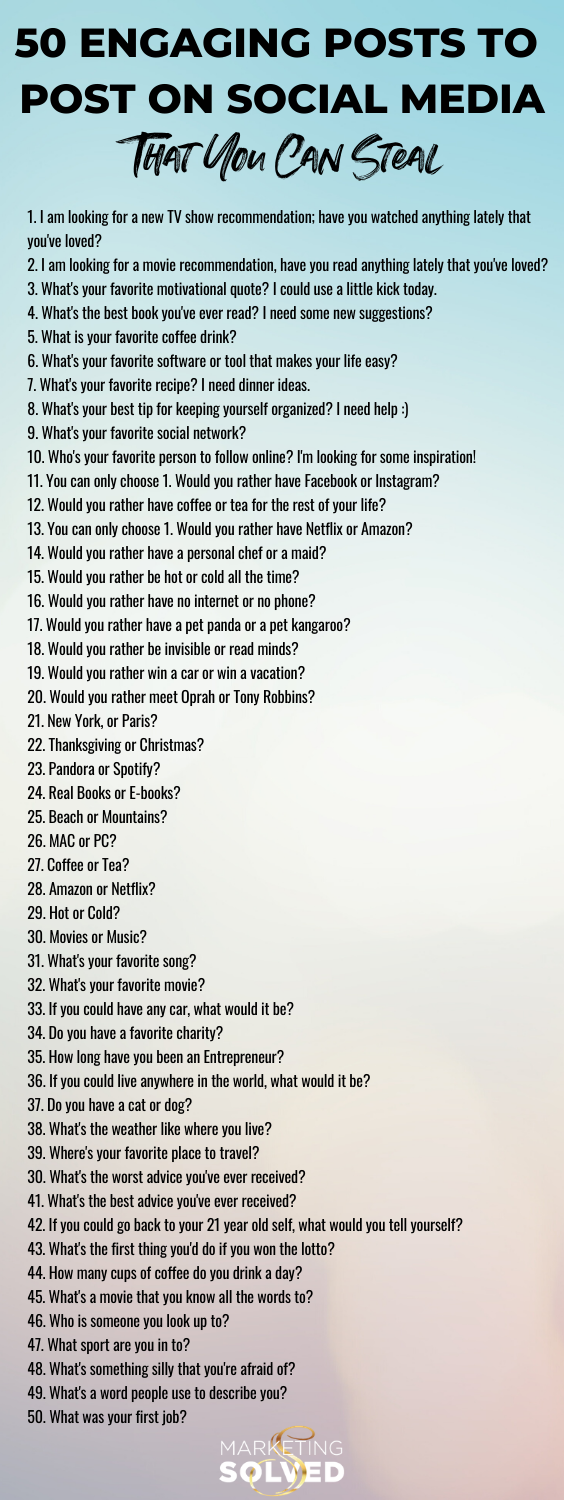
Video aggregators are a way to organize large amounts of video content in one place. You can use them to search for videos, make recommendations and bill. They can also be used to search for videos that are related to a particular topic. Choosing the right one is a personal decision, but there are some general principles to keep in mind when selecting a video aggregator. Below is a comparison between some of the most well-known video aggregators.
Organization of a large amount of video content
An aggregator is becoming more essential as SVOD subscriptions increase. Consumers will need assistance in navigating the vast amount of video content, with more than 1.74 million subscribers worldwide. There are several types of aggregators, some of which are disruptors like Amazon while others are established players like Pay TV operators. All the players agree that aggregation, which provides consumers with a single point to bill and an economy for the providers, is crucial for the future video.
Several factors influence the need for an aggregator. First, consumers expect convenience and customization of their video content. They also want to find content that is tailored to their needs, so streaming services are stepping up their efforts to provide this platform. These consumers will be assisted by AVOD-aggregators, who can assemble and package clips relevant to their interests.
A second benefit is that aggregators can offer producers a wide range of benefits. Aggregators can help smaller films get theatrical releases and negotiate better deals with platforms. Aggregators can help smaller films discover digital distribution opportunities in markets that are not traditional. It is vital to note that film aggregators should not be confused with video hosting websites. They act as a bridge between distributors of content and creators.
While streaming services are gaining in popularity, consumers aren't satisfied with the user experience. As streaming services become more popular, it will be harder for consumers to find the best content. Video aggregators can be a great tool to personalize and foster flexibility for consumers. A recent Accenture study indicates that consumers would rather watch their favorite content through one single platform than multiple services.
Search
There is a growing demand for a video aggregator in order to make it easier and more convenient for users to search for and consume content. A survey of pay-TV subscribers revealed that 62% felt frustrated when searching for the content they needed. This frustration has decreased a bit over the last five years, as operators have deployed search and recommendation features to address the frustrations of their subscribers. This space is seeing many approaches.

One of the greatest problems in the streaming video market is that there are so many providers of streaming content and each has its own app. It makes it difficult for viewers to find specific viewing material. Intellectsoft created an application to simplify the task by aggregating content from different providers and specifying what platforms they're available on. These video aggregators can be found all over the internet and are a great way to locate the content that you need.
This model is simple and effective, but it can be difficult to commercially achieve. Many video-aggregators don’t own any content and struggle for metadata rights. Instead, some of them resort to scraping methods. Revenue models for video aggregators can be hampered by their refusal to include revenue sharing and banner advertising. They may not be able to gain the attention they deserve.
Using news aggregators can help you find the latest news and stories. These tools can also help you find videos on a specific topic. Video aggregators with the best results automatically curate stories for users. Google News is an example of this. It automatically curates stories for its users. Google News collects news from multiple sources and is great for gathering the latest news.
Recommendations
Video aggregators have grown in popularity due to the increasing popularity of SVOD services. They are becoming a key component of TV packages, and many consumers are frustrated by the difficulties associated with finding and accessing content. In fact, a recent survey revealed that more than half of pay TV subscribers find it frustrating to find content, a number that has decreased over the last five years. While some aggregators concentrate on being super-aggregators and others have a core market. All of them will play an important role in certain market segments, regardless of their respective focus.
The problem is made more complicated by the increasing number of OTT services available. Subscribers must navigate multiple services. Each service also requires different credentials and payment methods. Video aggregators also have difficulties obtaining metadata rights. These aggregators have limited revenue models, which often leave little room for revenue sharing or banner advertising.
Video aggregators provide many benefits. Many are simple to use because most of the process of aggregation is automated. In addition, these tools provide a search engine for all available streaming services, reducing the friction associated with multiple websites. Consumers will find them more cost-effective. These are the top video aggregators.
Indie films can only be released by film aggregators. These platforms can make it easier for filmmakers and their films to be available on major VOD and iTunes. Although some actors are not as trustworthy video aggregators as they used to be, there are still benefits for filmmakers. For one, these services can help them build their chops and target younger audiences.
Billing

The number of SVOD subscribers will increase as the global SVOD market expands. Consumers will need assistance finding the content they desire, as there are nearly 1.74 billion subscribers worldwide. The roles of biller video aggregators are varied. Some are simply aggregators while others work in an established market, such as Pay TV operator. In general, however, they all have an important role to play in certain segments. Below is a list of some of the most sought-after.
The first is the most straightforward model, but also the most difficult to implement commercially. Many video aggregators don’t own their content and have difficulty obtaining metadata rights from content suppliers. Some revert to scraping techniques. A major problem with aggregation revenue model is that some services may not want to display banner advertisements or participate in revenue sharing. The latter two revenue models have several advantages.
Consumers can also use billing video aggregators for multiple subscriptions. While a single source of video content means better access for subscribers, it doesn't necessarily mean that finding what they want will be easier. Recent research found that 62% (of the subscribers to pay television) often feel frustrated when trying to find what they want. This problem can be solved by aggregation services. They make managing multiple subscriptions easier, enhance account management and recommend content.
Aggregation fees vary widely. They average $1K per feature film. Other fees are lower. Some aggregators offer revenue-sharing models, which reduce upfront fees. Some aggregators may offer discounts on Compressors and other assets. Some may offer Compressor customers discounts or create assets. However, these costs may be more than offset by the benefits of the platform. So, how do you determine if a particular platform will work best for you?
FAQ
Why would I need an SEO strategy?
SEO strategies are a great way to make sure you're not missing opportunities to grow your business. When ranking higher in search results, there's no point in having great content if nobody ever finds it!
SEO strategies can help you develop relationships with experts in your industry and influencers. With their knowledge and connections, you can learn new tricks and techniques to get ahead of your competitors.
How much does SEO cost?
SEO is a long-term commitment so you won’t see immediate returns. Remember that search engines rank websites higher if more people find them.
The price of each service is determined by many factors, including keyword competition, location, audience size and competition.
How Often Do I Need to Update My Website?
Regular updates can help improve your website's rankings. It's not necessary. If you've already created good content, you may not need to update it frequently.
What is an SEO Campaign?
A SEO campaign is a collection of activities that are designed to increase the visibility of a specific webpage or domain name on search engines such as Google, Bing and Yahoo. These activities include optimizing page titles, meta description tags and URL structure.
Keyword research is a key part of SEO campaigns. This involves identifying keywords that are likely to increase organic traffic. Once keywords have been found, they need to be optimized for the entire site, from the homepage through individual pages.
Statistics
- Sean isn't alone… Blogger James Pearson recently axed hundreds of blog posts from his site… and his organic traffic increased by 30%: (backlinko.com)
- 93%of online experiences today begin on search engines. (marketinginsidergroup.com)
- These guides are designed and coded 100% from scratch using WordPress. (backlinko.com)
- : You might have read about the time that I used The Content Relaunch to boost my organic traffic by 260.7%: (backlinko.com)
- Deleting those 10k pages is one of the main reasons that he improved his site's organic traffic by nearly 90%: (backlinko.com)
External Links
How To
How to choose the perfect SEO strategy for you business
The following factors can help determine which SEO strategy is appropriate for your website.
-
Keyword Research
Your primary goal with SEO is to rank highly for specific terms.To achieve this, you must research target keywords related to your site. It is also important to find negative keywords phrases that aren’t relevant to your audience.
-
Content Strategy
Content marketing is important for all businesses. Websites that sell eCommerce products or services need to be ranked high in search results pages. This helps drive sales and increases conversion rates.
Creating relevant, engaging content that solves problems and provides solutions is key.
-
Link Building
Links have a huge impact on your website's ranking in search engines. You need to build valuable relationships with other websites.
-
Social Media Marketing
If you have a strong presence on social networks, you might want to use these channels to promote and market your brand. By sharing your content on these platforms, you can encourage others to share it.
-
Website Structure
While it is true that good design does not necessarily lead to higher rankings, it can have an impact. Simple layouts improve user experience and lead to higher conversions. You must also ensure that your website loads quickly to avoid users leaving before they complete transactions.
-
Mobile Optimization
Mobile devices account for almost half of internet usage today.If your website isn't optimized for mobile, you could lose out on traffic and potential clients.
-
Local Search
This refers to targeting local markets instead of national ones. It optimizes your website for local searches like "restaurants near me" and "businesses within my area". It is easier for local SEO to rank well because people trust recommendations from relatives, friends, colleagues and colleagues.
-
Ecommerce Website Development
Ecommerce websites benefit from a range of different types of SEO strategies.For example, they often perform best when they're optimized for both desktop and mobile devices. You can rank higher for longer tail keywords.
-
Video Ranking
Video content performs well in search engines. It ranks well in search engines for long queries and receives more shares.
-
Branding
Branding is the process of designing a logo, product names, and messaging that gives your company its own identity and personality. This allows customers to understand you and your business.
-
Analytics Software
Analytics software allows you to track how visitors interact with your website.The information gathered through analytics can help optimize your efforts and increase conversions.
-
Email List Management
Email lists allow you to send emails directly to your target audience.You can send messages about new products, special offers, and promotions.
-
Blogging
Blogging is another way to generate quality backlinks. Writing blog posts about your business will help you attract links from trusted sources.
-
Customer Satisfaction
Customer satisfaction is one of the most effective ways to get high-quality backlinks.When satisfied customers refer their friends and colleagues to your site, this will result in quality backlinks.
-
Content Marketing
Content marketing involves producing unique, useful, relevant content that educates, entertains, or inspires readers.
Creating engaging content will help build trust with your target audience and lead to higher conversion rates.